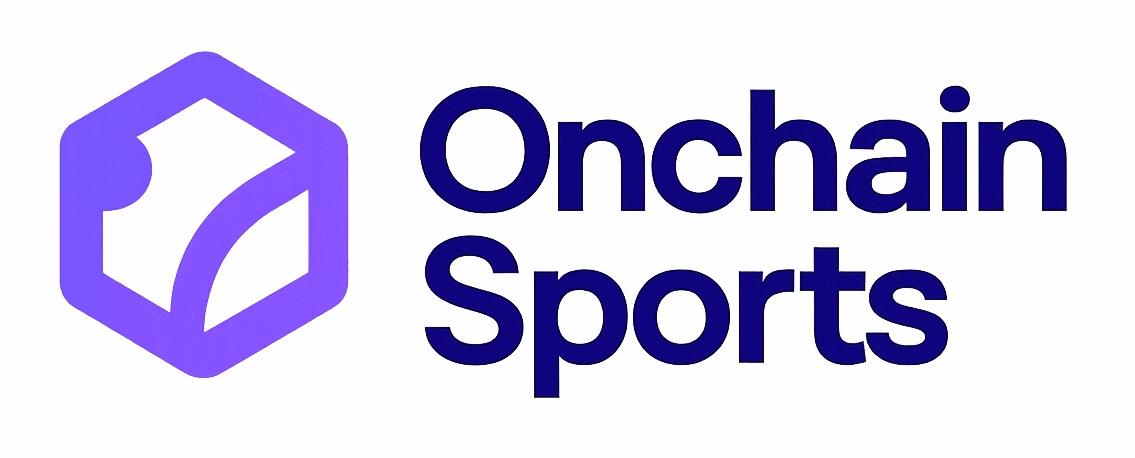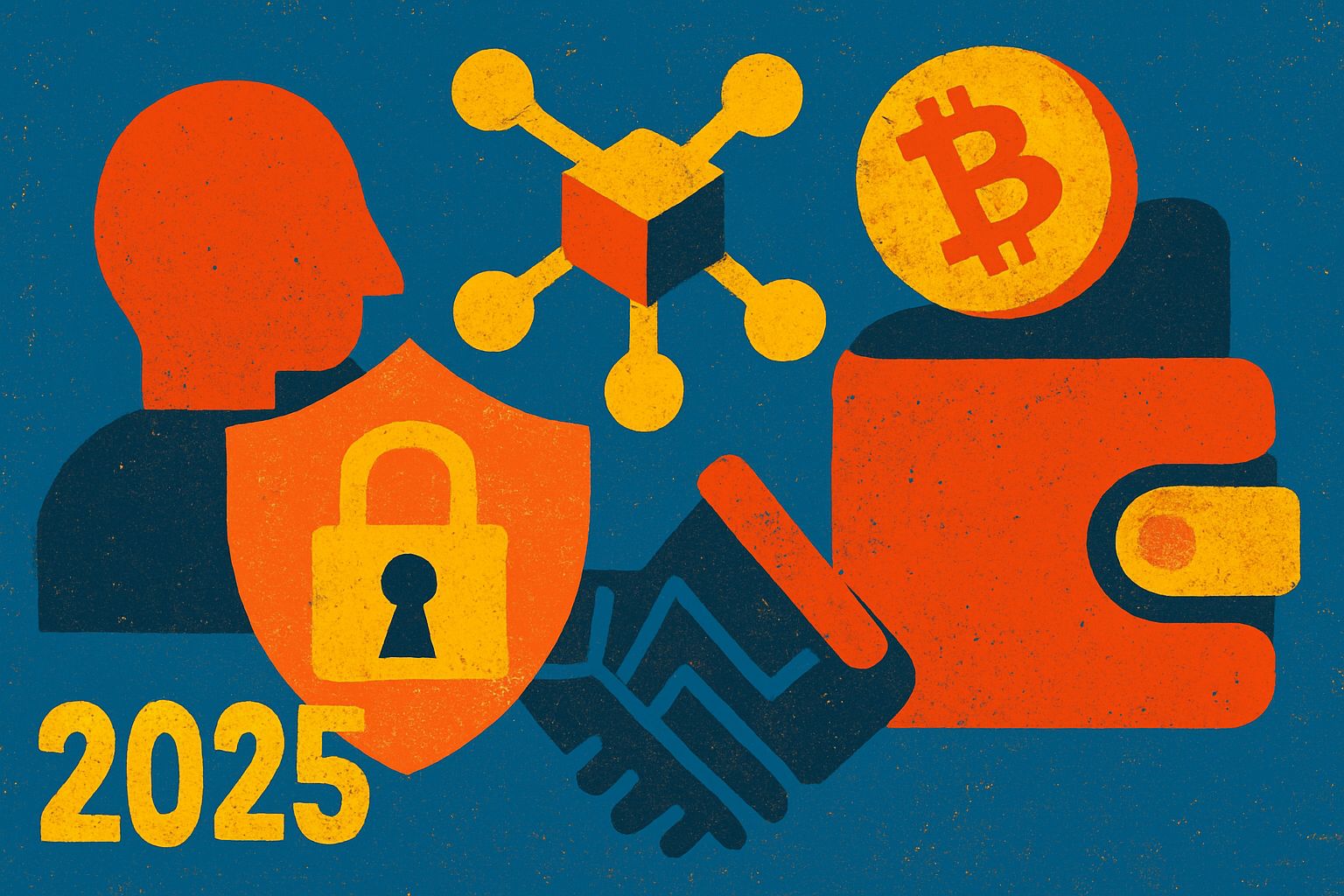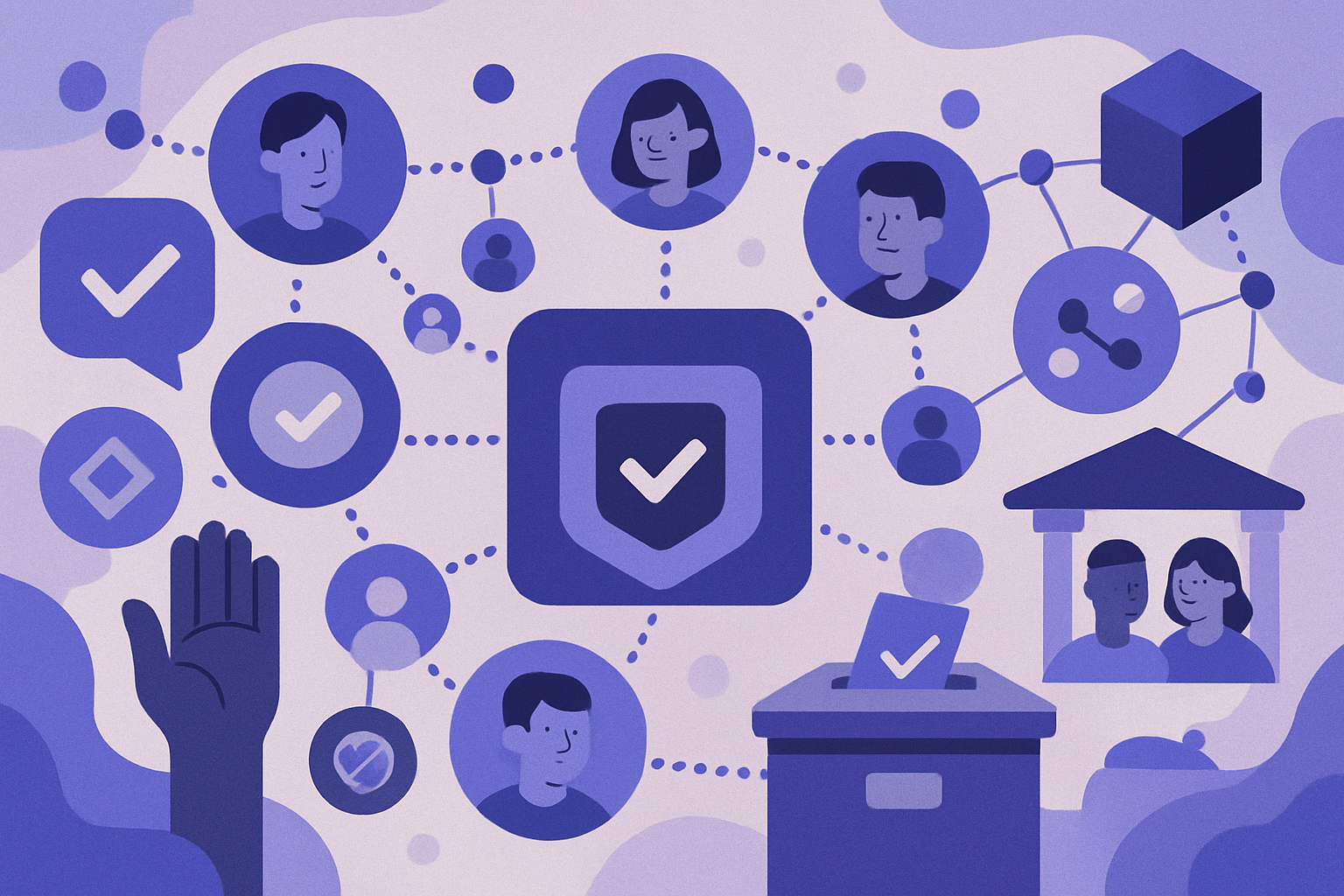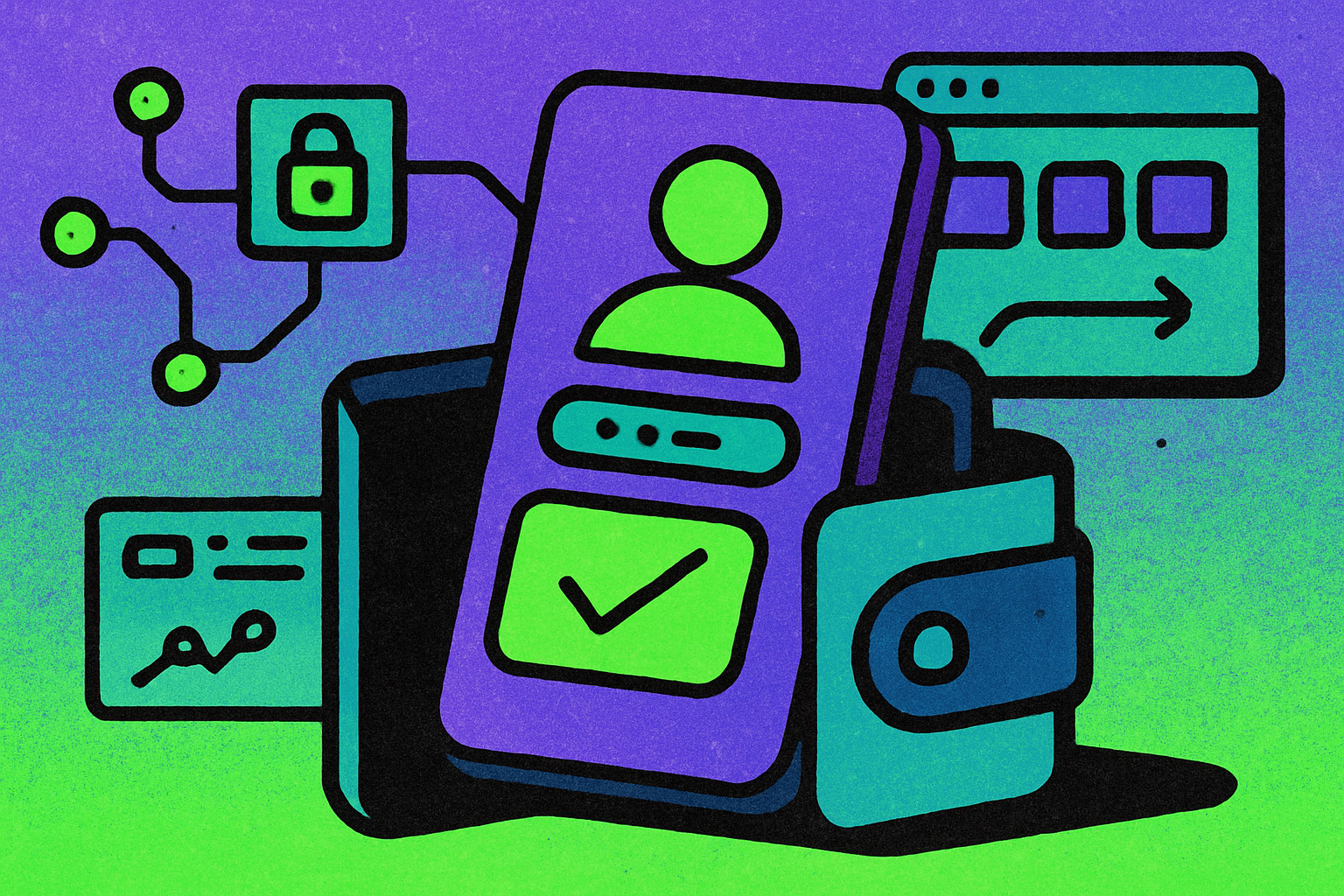
Web3 promised a user-centric, decentralized internet, but for years its complexity kept everyday users at bay. In 2025, that’s finally changing. Decentralized identity (DID) wallets are now delivering the Web2 simplicity we’ve long expected, without sacrificing security or privacy. Think passwordless logins, seamless onboarding, and one-click access to dApps across chains, all with the user in control.

Why Was Web3 UX So Poor, And What’s Changed?
Let’s be honest: until recently, using Web3 felt like trying to launch a satellite with IKEA instructions. Wallets required seed phrases you’d lose in a week, onboarding was a maze of pop-ups and approvals, and every dApp seemed to need a new account or wallet. According to Token Metrics’ 2025 research, the gap between Web2 and Web3 user experience was still glaringly wide just last year.
The core challenges were:
- Poor onboarding: Seed phrases and confusing flows scared off mainstream users.
- Lack of interoperability: Single-chain wallets meant juggling multiple apps for different blockchains.
- No unified identity: Users had to re-verify themselves on every platform, think KYC deja vu.
- Poor recovery options: Lose your seed phrase? Game over.
But now, new DID wallets are flipping the script by integrating familiar Web2 features with robust cryptography and decentralized credentials. The result is an experience that feels as smooth as logging into Google, but without handing your data to Big Tech.
The Rise of Web2 Simplicity in DID Wallets
The breakthrough? Combining zero-knowledge proofs, multi-chain support, and intuitive design patterns borrowed from traditional fintech. Let’s break down how leading solutions are closing the usability gap in 2025:
- Integration of Web2 Credentials: Humanity Protocol’s $1.1 billion mainnet uses zkTLS to let users verify their identities using existing credentials (like email or social accounts) without exposing sensitive data. This means you can prove who you are to a dApp or DeFi protocol without ever sharing your real email address or government ID number.
- User-friendly onboarding and recovery: Seedless wallets now use encrypted cloud backups, social recovery (trusted friends), or multi-party computation (MPC) for account restoration. Forget your password? Your wallet isn’t lost forever; recovery is as simple as verifying with your phone or trusted contacts.
- Multi-chain and multi-currency support: Modern wallets let you interact with Ethereum, Solana, Polygon, and more, from one app. No more switching between four different browser extensions just to manage your assets or sign into a new dApp.
DID Wallets as Your Digital Passport, Not Just Your Keychain
DID wallets in 2025 go far beyond asset storage, they’re becoming portable digital passports for both individuals and organizations. Platforms like ONT ID allow users to aggregate credentials from work profiles, university degrees, event tickets, and even proof-of-residency, all under their own control.
This means frictionless access across ecosystems: imagine proving you’re over 21 on a DeFi lending app without uploading an ID scan, or instantly verifying DAO membership rights when voting on proposals. The wallet acts as both gatekeeper and privacy shield: only the minimum necessary information is shared each time.
The market recognizes this shift: the decentralized identity sector is projected to reach $39.71 billion by 2032 (DataMinds Analyticss), driven by demand for self-sovereign identity tools that blend convenience with privacy-first principles.
Merging Traditional Domains With Blockchain Identity
The line between Web2 domains and blockchain-native addresses is blurring fast. Unstoppable Domains now lets users register domains that function simultaneously as web addresses (ava. eth) and crypto wallet identifiers, making it easier than ever to move between legacy web services and cutting-edge dApps without confusion or extra steps.
For users, this means a single, memorable identity that works everywhere. You can send tokens to yourname. crypto, log into dApps with a click, and even use your domain as a decentralized website address, no more copy-pasting long hexadecimal strings or wrestling with browser extensions. This convergence of traditional and blockchain identities is a huge leap toward mainstream usability.
Top Decentralized Identity Wallets Bringing Web2 Simplicity in 2025
-

Humanity Protocol Wallet — This wallet leverages zero-knowledge transport layer security (zkTLS) to let users connect their Web2 credentials with Web3 services, enabling passwordless authentication and enhanced privacy. Its $1.1 billion-valued mainnet launch in 2025 marked a major leap for privacy-first identity management.
-
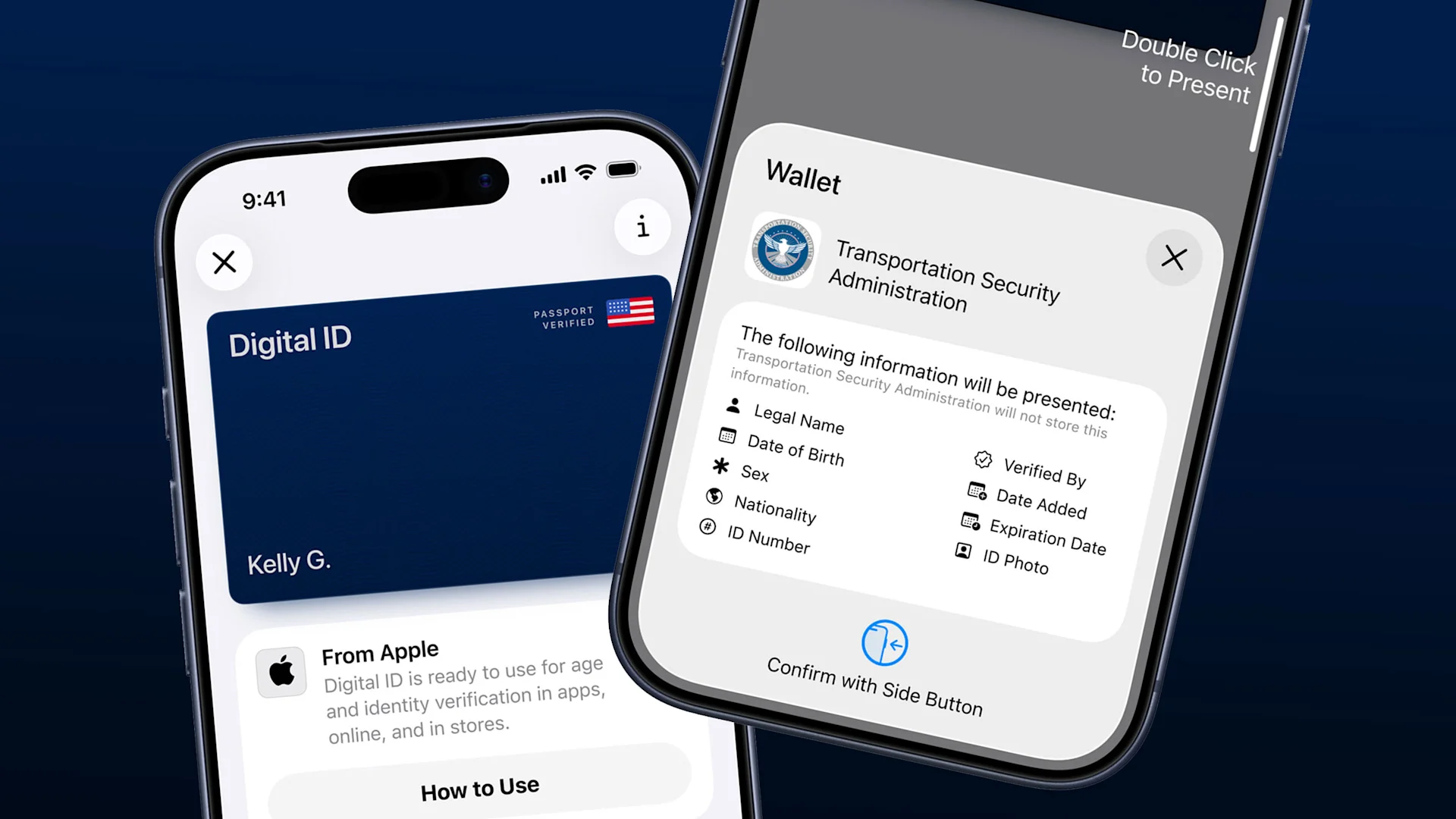
ONTO Wallet — A multi-chain identity wallet that combines decentralized identity (DID) with secure asset management. ONTO Wallet allows users to manage and share verifiable credentials across various platforms, all with a smooth, Web2-like experience.
-
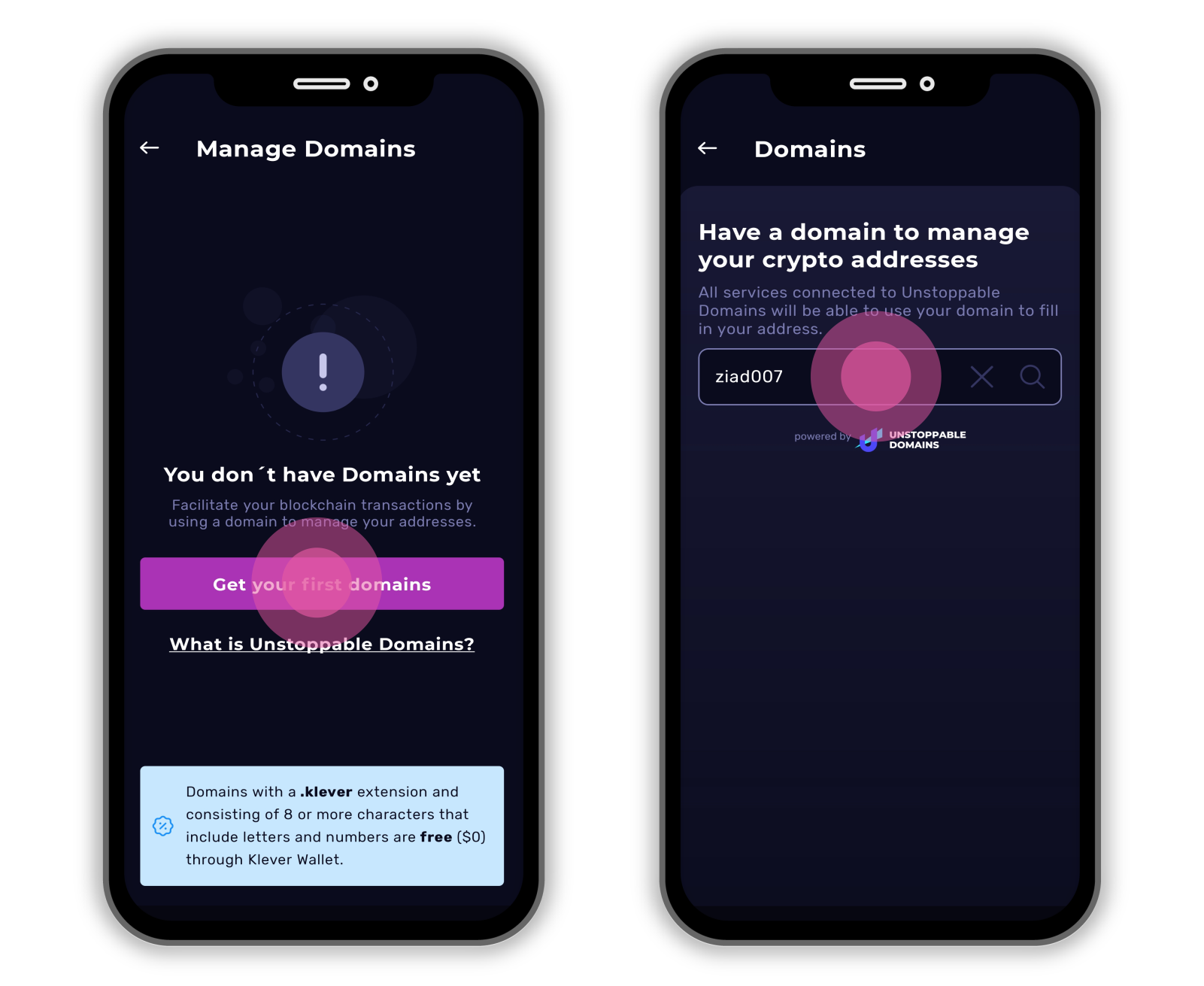
Unstoppable Domains — More than just a wallet, Unstoppable Domains bridges Web2 and Web3 by letting users own blockchain-based domains that double as digital identities. Its seamless login and identity features make onboarding and cross-platform use effortless.
-
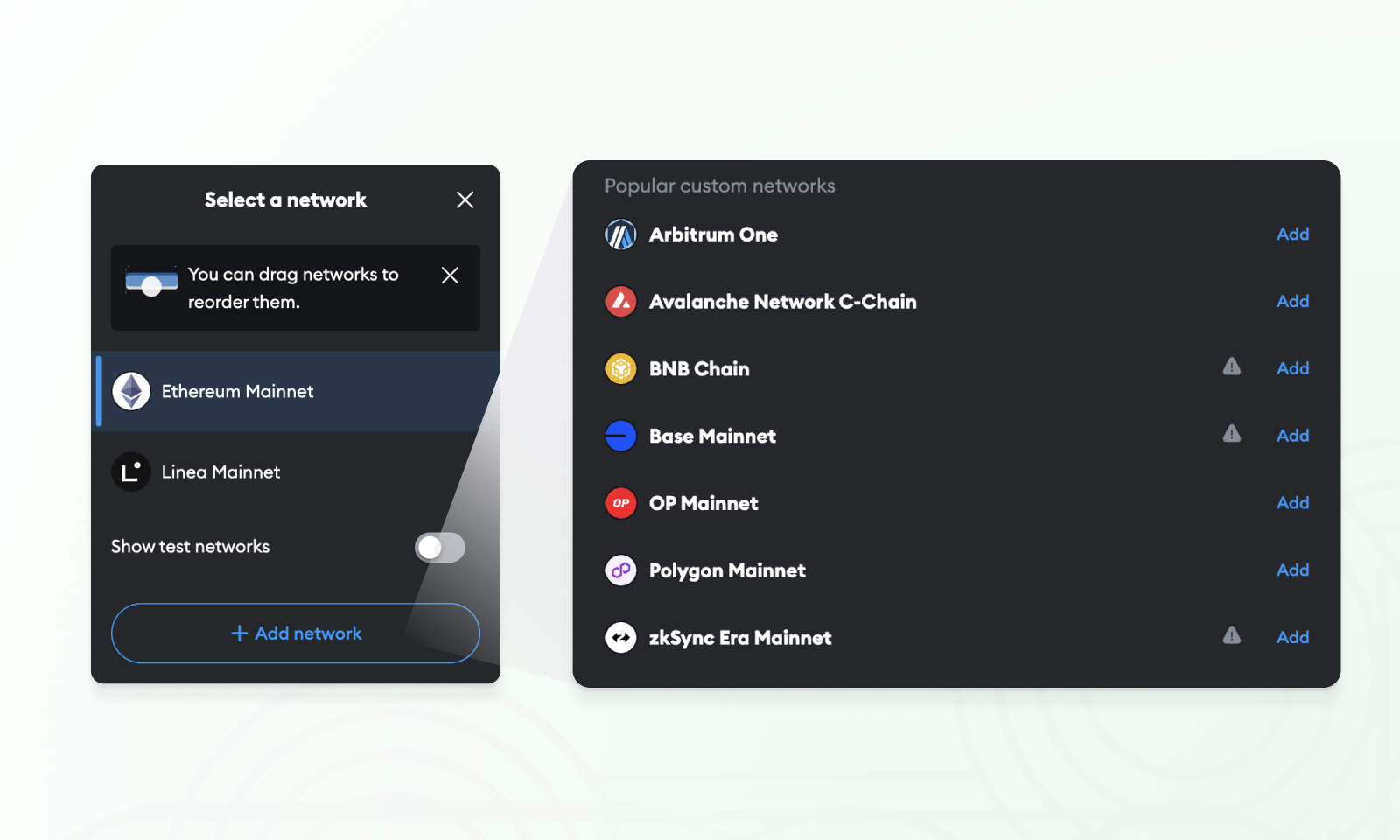
MetaMask Snaps — The 2025 version of MetaMask now supports customizable identity modules (Snaps), enabling passwordless logins, social recovery, and integration with decentralized identity protocols. This brings familiar Web2-style simplicity to millions of users.
-
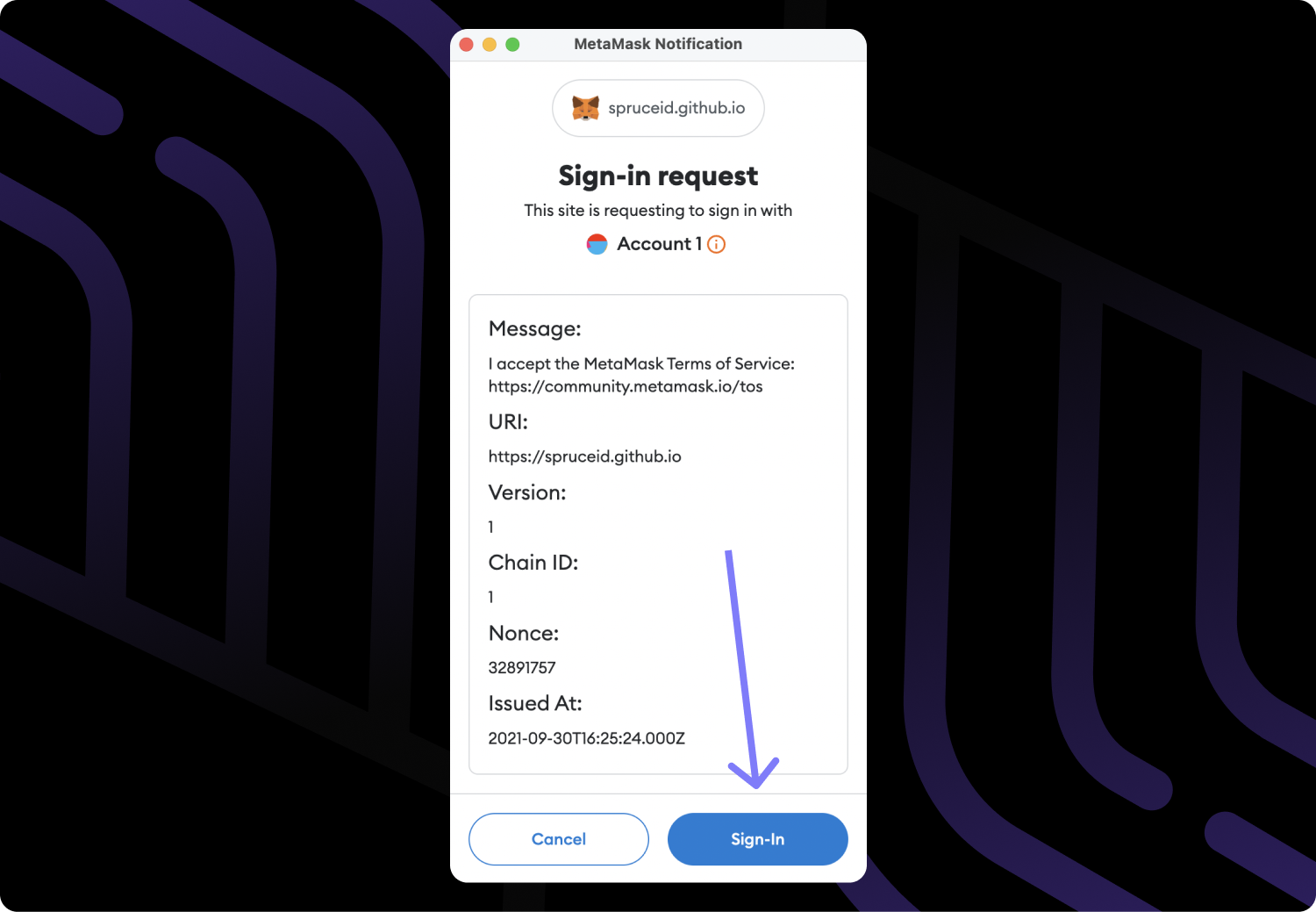
SpruceID — SpruceID focuses on user-owned identity and credential management, offering tools for passwordless authentication and verifiable credentials. Its open-source approach and integration with major dApps make it a go-to for privacy-conscious users.
Security and Recovery: No More Seed Phrase Nightmares
Let’s talk security, a major pain point for the average user. In 2025, seedless recovery is the new standard. Instead of forcing users to write down (and inevitably lose) 12-word seed phrases, leading decentralized identity wallet UX now offers:
- Social recovery: Designate trusted contacts who can help you regain access if you lose your device.
- Encrypted cloud backups: Securely store wallet keys in your own encrypted cloud account, no centralized custodian required.
- Multi-party computation (MPC): Split key management among multiple devices or parties so no single point of failure exists.
This approach not only reduces anxiety for new users but also aligns with the privacy-first ethos of Web3. Even if you’re locked out, your credentials remain safe from centralized hacks or data leaks, something traditional banks and tech giants still struggle to guarantee.
Zero Gas Fee and Multi-Chain Support: Removing Friction for All
A persistent complaint in the early days of Web3 was unpredictable gas fees. Today’s best DID wallets often cover transaction fees for onboarding or leverage zero gas fee networks for identity operations. Combined with true multi-chain support, users can interact with any dApp or protocol, Ethereum, Solana, Polygon, you name it, from one wallet without worrying about hidden costs or technical hurdles.
This frictionless experience is what finally puts decentralized wallet user experience on par with (or better than) traditional fintech apps. It’s also why we’re seeing rapid growth in adoption among both crypto-natives and newcomers alike.
What’s Next? The Road Ahead for Decentralized Identity Wallets
The evolution isn’t slowing down. As interoperability standards mature and zero-knowledge technology becomes even more efficient, expect to see:
- More integrations with real-world services: Think digital driver’s licenses, health records, or university diplomas directly managed from your DID wallet.
- Greater privacy controls: Users will have granular control over every piece of data they share, and who they share it with.
- Smoother cross-platform experiences: Whether you’re on mobile, desktop, or AR/VR devices, your digital identity will follow seamlessly.
The bottom line? In 2025 and beyond, decentralized identity wallets are poised to be the bridge between Web2 convenience and Web3 empowerment. If you want to dig deeper into how self-sovereign ID wallets are giving users true control over their privacy and data ownership in Web3, check out our comprehensive guide here.
